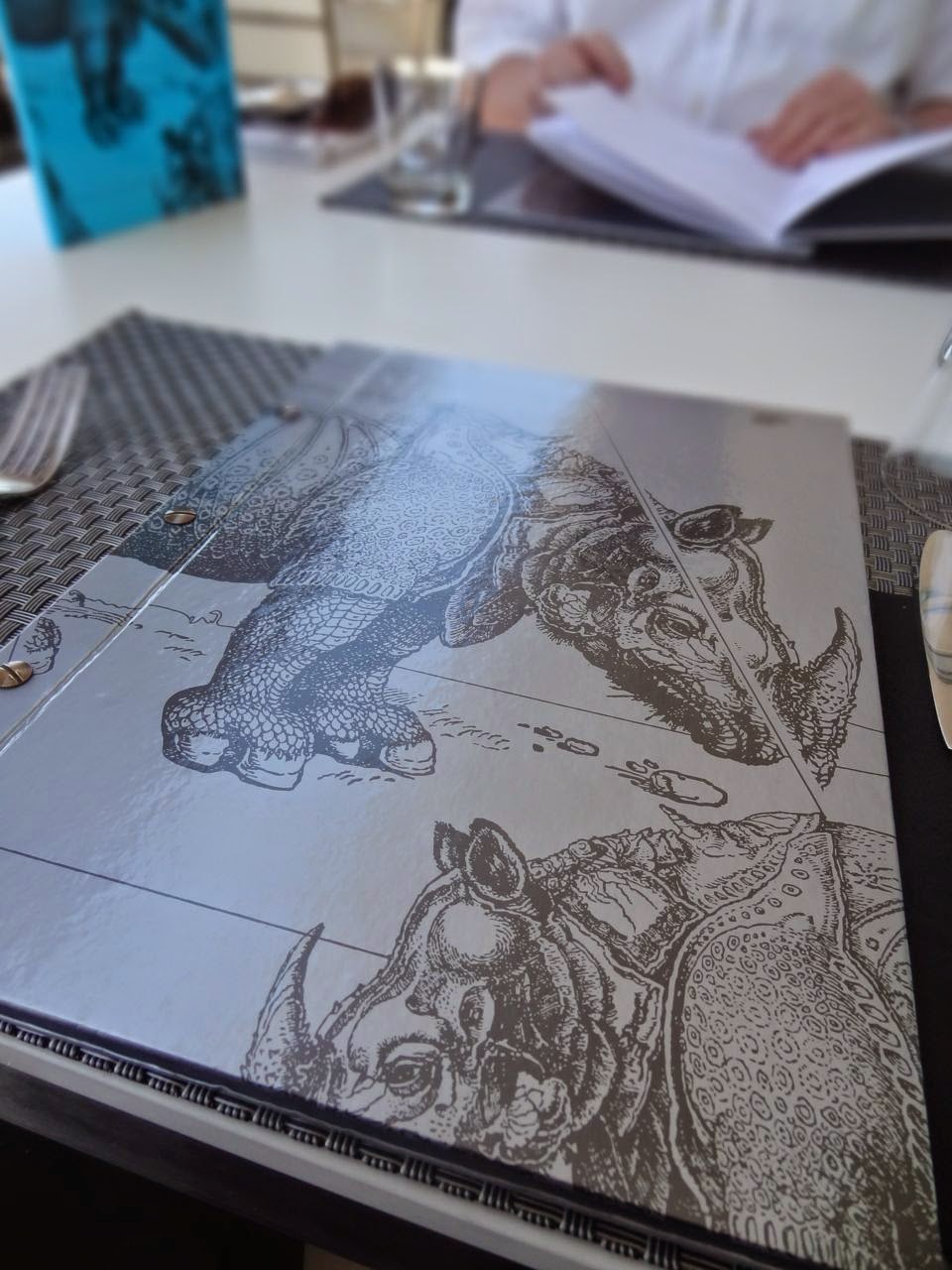At the mouth of the Tagus River, where the caravels set sail on their voyages of discover, Belém is inextricably linked with Portugal's golden age of discovery. When Manuel I came to power in 1495 he reaped the profits of those heady days of expansion, building grandiose monuments and churches that mirrored the spirit of the time. Two of the finest examples of the exuberant and exotic Manueline style of architecture are the Mosteiro dos Jeronimos and Torre de Bélem. Today Bélem is a lovely green neighbourhood with many museums, parks and gardens, as well as having a beautiful riverside promenade with marinas, cafés and restaurants.
The elaborate south portal of the Mosteiro dos Jeronimos
Detail on the main door
Mosteiro dos Jeronimos, a monument to the wealth of the Age of Discovery
A monument to the wealth of the age of discovery, this monastery is the culmination of Manueline architecture in this period. Commissioned by Manuel I around 1501 after Vasco de Gama's return from his historic voyage, it was financed largely by 'pepper money', a tax levied on spices, precious stones and gold. The monastery was cared for by the Order of St Jerome until 1834 when all religious orders were disbanded. The cloisters, one of the most beautiful in Portugal, were completed in 1544, and show the rich ornate carving typical of the Manueline style.
The Torre de Belém, built in the Manueline style of ornate Portuguese late Gothic, has guarded Lisbon's harbour since 1520. Today it symbolizes the voyages that made her powerful. This was the last sight sailors saw as they left and the first one they'd see when they returned, loaded down with gold, diamonds and precious stones. The tower was originally built as a fortress in the middle of the Tagus, and was the starting point for navigators who set out to discover the fade routes. The decoration is adorned with rope carved in stone, and has open balconies, Moorish-style watchtowers and distinctive battlements in the shape of shields.
Richly carved images decorate the arches and balustrades
There's a quiet beauty and solemnity to the cloisters
Rich detail on a column detail
The Cloisters viewed from the second tier
Entrance in to the Church of Santa Maria, attached to the Monastery
The spectacular vaulted ceiling of Santa Maria is held aloft by slender octagonal pillars which rise like palm tress to the roof, creating an atmosphere of peace and serenity
One of the bright and beautiful stained glass windows of Santa Maria
The 19th-century tomb of Vasco de Gama
The Maritime Museum at one end of the Monastry, has one of the first collections of maritime artifacts in the world
A large map shows the routes discovered by Portuguese explorers over the centuries
The collection holds hundreds of miniature ship models
The figurehead from Vasco de Gama's ship which he moved from vessel to vessel as he explored the world
An antique celestial sphere used to navigate at night
The Tower of Belém
Monument to the Discoveries
Standing prominently on the Belém waterfront is the massive angular monument, the Padrao dos Descobrimentos, built in 1960 to mark the 500th anniversary of the death of Henry the Navigator. The monument, designed in the shape of a caravel, features Henry standing at the prow, with two sloping lines down each side of the monument with other heroes linked with the Age of Discovery.
The Monument as viewed from the Tagus River
A lovely alfresco restaurant on Belém's waterfront, we stopped at Mensagem for a light lunch
The outdoor dining room of the restaurant
The menu
Warm fresh bread and rosemary bread sticks
Amuse-Bouche of marinated carrots, olives, olive oil and garlic butter
A cold Portuguese beer on a hot Belém afternoon
Caprese Salad with Arugula
Linguine Nero with Seafood
As we enjoy our lunch, Lisboetas take to the sea in the their own voyage of discoveries






























No comments:
Post a Comment